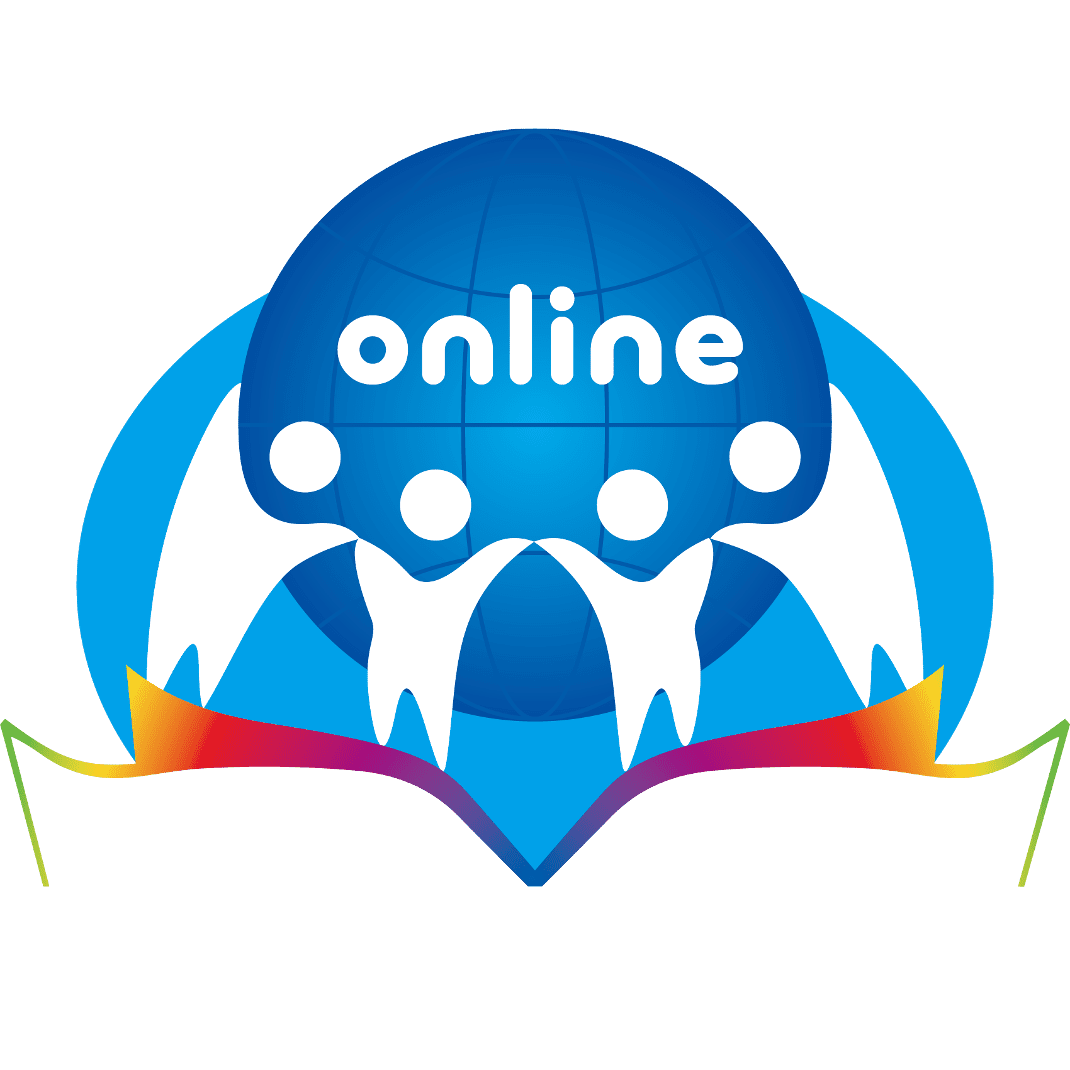In today’s competitive world of education universities are having to change and innovate. The creation of ‘Massive Open Online Courses’ or MOOCs, are an online alternative, giving students worldwide access to lectures and tutorial notes.
But are they really replacing the on-campus experience? François Taddei, the director of the CRI in Paris and is outspoken on the need of innovation in French higher education, was interviewed by Euronews – Learning World about the MOOC movement in education in the following video: https://youtu.be/sr1WQGSLPC4
What is a MOOC? An expert explains
MOOC
“MOOC” stands for Massive Open Online Courses, the university courses that are online in which anyone can register and obtain a certificate if they followed the courses and passed the tests, which are included within the course, and all the while interacting with other students taking the same course. The first MOOC attracted more students than Facebook in the first year, so it’s growing extremely rapidly, which poses a question for universities in that if tomorrow all students follow this path, what would they do with lecture theatres?
OPEN
Originally, the word “open” in a Massive Open Online Course simply meant registration is open to everyone. But what’s more interesting is being able to have open data making all learning sources available to everyone. There’ll also be open-source software used to make MOOC evolve with contributions from everyone. And they’ll also be open content where course content is shared and everyone can adapt it to their own needs. Because students in German and Swedish high schools don’t necessarily learn in the same way with a MOOC there’s a risk that students will be at different levels. So if it can be adapted, it’ll be accessible to more people.
EXAMS
Eventually, it’ll probably pay to have certificates and graduations at the end of the courses to make sure the right things have been learned, and it was the right person who is doing the studying and not a sister or a brother. I think all students have been tempted to cheat at least once in their lifetime. And with the MOOC, it’s even easier to do that than in a lecture theatre, so it’s a problem that must be looked at. One way would be to get the student to present an identity card and to be examined in an examination centre. This is one of the ways that’s being developed at MIT and at Harvard University.
COST
What you have to understand in today’s education market is how companies with billions of dollars to invest view it. It’s obvious there’s money available for education, but one big difference is, for example, between biomedical research and education. There’s a factor of 15 times more research carried out for health as it’s very important than research carried out on education, but the amount of GDP spent on health and education are almost the same.
